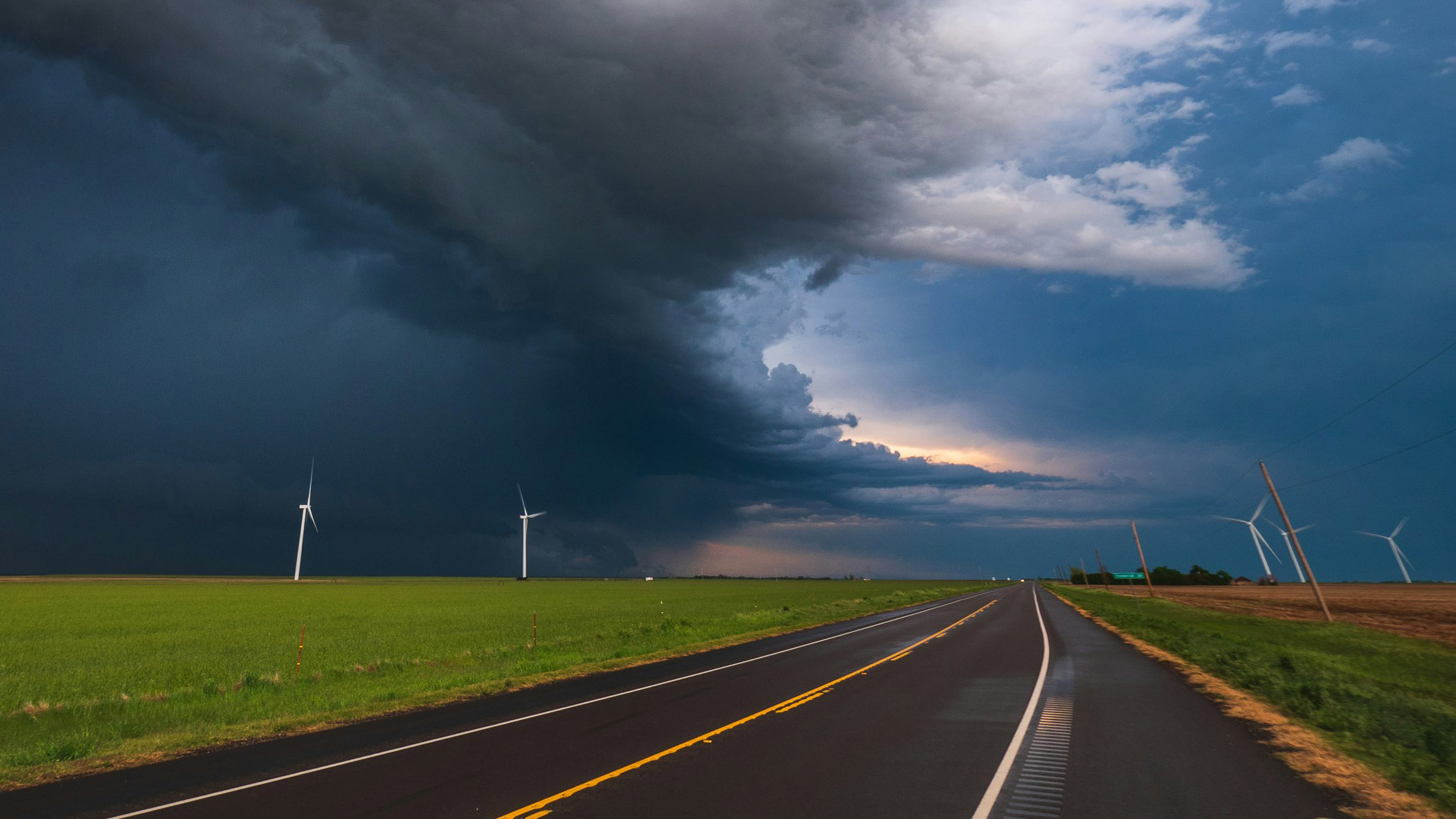In the world of mining, one factor often overlooked by investors is the weather. Yet, it has proven time and again to be a force that can make or break a mining operation. From cyclones to flooding, Australia’s diverse and often harsh climate has played a significant role in the country’s mining industry.
Let’s take a journey back to the mid 90’s when this author started out as a young geo in Kalgoorlie. Soon after arriving in WA’s mining capital, the mining industry was hit by a series of weather events that had a profound impact on production rates. Cyclones swept across the mining heartlands, causing widespread disruption. Flooding followed, turning open pits into lakes and making many mines inaccessible.
One such event was Cyclone Bobby. It set numerous monthly rainfall records in parts of the Goldfields-Esperance regions of Western Australia, dropping up to 400 mm (16 in) of rain in February 1995. The cyclone disrupted gold and mineral mining work in southern Western Australia, closing landing strips at Leinster and Wiluna. Nickel mining near Leinster, mostly from (then) WMC Resources’ Mount Keith Mine, was impeded by rainfall which obstructed extraction of ore from the pit. The cyclone caused an estimated damage of $11 million (1995 AUD; $8.5 million USD) along its course across Western Australia.
Fast forward to 2007, and we encounter Cyclone George. This cyclone was one of the most powerful Australian tropical cyclones on record, attaining a minimum barometric pressure of 902 mbar. It caused significant damage to the town of Port Hedland and numerous isolated mining camps around the town. The Insurance Council of Australia estimated the 2007 damage at $8 million.
In 1999, Cyclone Vance hit the Pilbara coast causing widespread havoc. It destroyed 100 homes, damaged many others and left 2,000 people homeless. The cyclone caused significant damage to the town of Exmouth and numerous isolated mining camps around the town. Damage totalled $100 million (1999 AUD).
Fast forward to 2024, and we see history repeating itself. Recent rainfall has affected several mining companies, including Regis Resources, Capricorn Metals, and Gold Road Resources/Goldfields. The downpour has led to a slowdown in production, with some mines even halting operations temporarily.
But the weather doesn’t just affect production rates. It can also have a significant financial impact. When Cyclone Megan wreaked havoc on South32’s manganese port recently, it didn’t just disrupt operations. It also sent shockwaves through the stock market, causing a noticeable dip in South32’s share price.
The financial implications of these weather events are far-reaching. They affect not only the mining companies themselves but also the investors who have put their faith and money into these ventures. When production slows or stops, revenue drops. This, in turn, can lead to a fall in share prices, affecting the return on investment for shareholders.
However, as strange as it sounds, adverse weather has resulted in an eventual positive outcome for at least one Aussie miner. Back in January 2006, torrential rain flooded the Burnakura Gold Mine operated by Tectonic Resources and Extract Resources. With mine access restricted and processing impacted, Extract called it a day and changed its focus to its other project, a relatively new uranium project in Namibia. Exploration success at Rossing South saw the company eventually acquired six years later by a Chinese company for $2.1 billion.
So, what does this mean for investors in the mining sector? It means that weather events need to be factored into investment decisions. While we can’t control the weather, we can control how we respond to it. By understanding the potential impact of weather events on mining operations, investors can make more informed decisions and potentially mitigate some of the risks associated with investing in this sector.
White Noise communications is provided a fee for service working with companies which may have exposure to commodities or securities mentioned in these articles. All articles are the opinion of the author and are not endorsed by, or written in collaboration with, our clients.
Photo by Raychel Sanner on Unsplash






